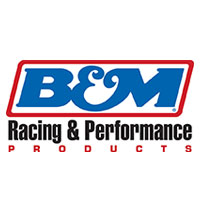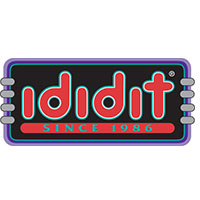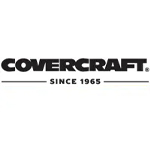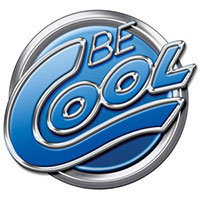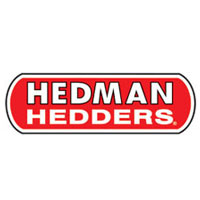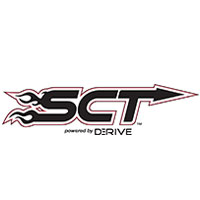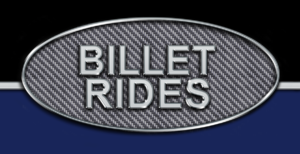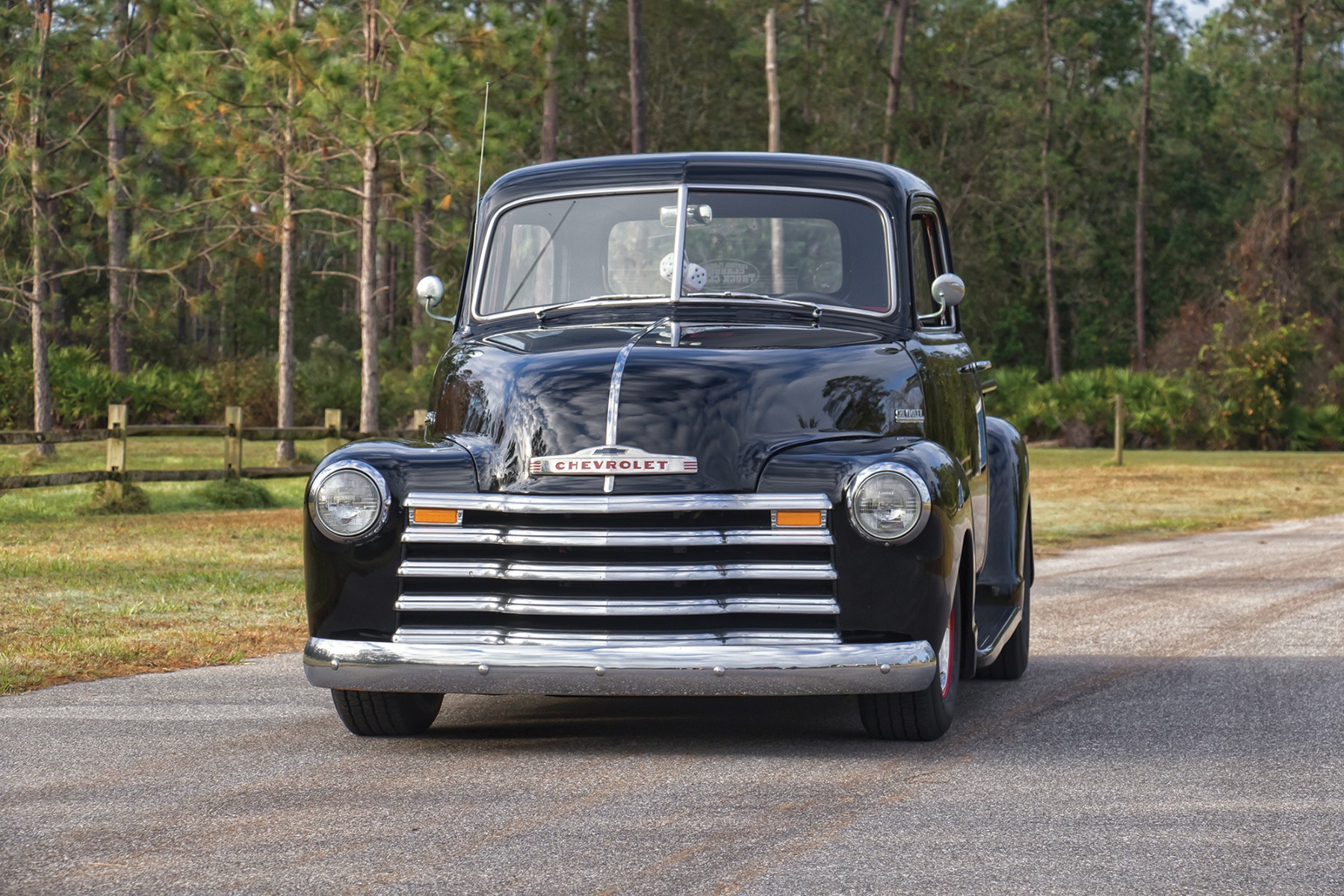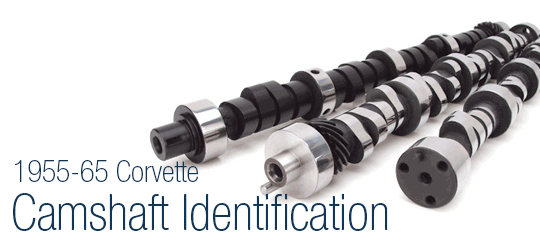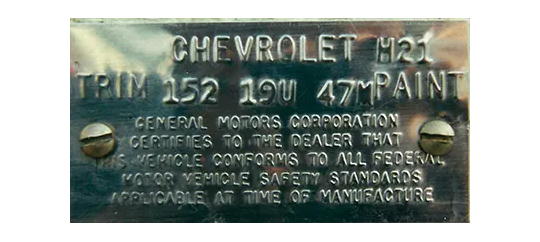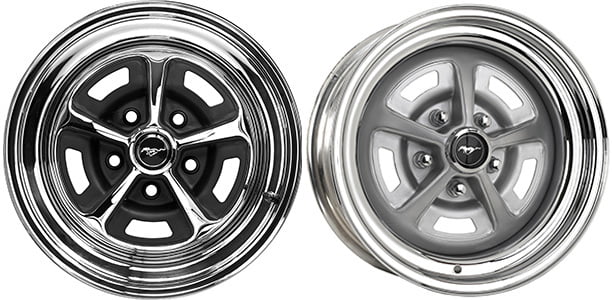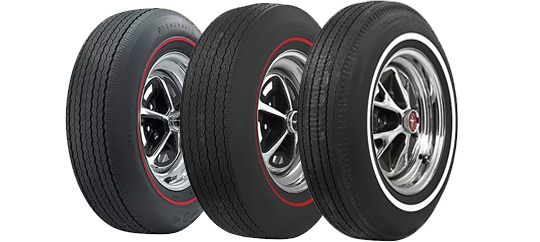History Of The Chevrolet Chevelle
- Feb 19, 2015
By Steve Alexander
Many muscle car enthusiasts and experts alike hail the Pontiac GTO as the first real muscle car. Even a group of boys that would hang out at the beach sang a hit song about that car. With only a few exceptions however, none have been held in as high regard as the Chevelle Super Sport. Spanning three generations from 1964 to 1977 and offered in many configurations from coupe, sedan, hardtop, convertible and even station wagon, the Chevelle has proven to be a true American classic muscle car. From the 1964 Chevelle Super Sport to the last Chevelle Super Sport offered in 1973, the SS moniker remains synonymous with performance.
The first generation of Chevelle is comprised of the 1964-1967 model years and was launched as competition for the Ford Fairlane. Chevrolet also saw the need for a mid-sized family car, and offered the Chevelle at 115” wheelbase– the same as the hugely popular 1955-1957 Chevys. By selecting the Super Sport package, the following upgrades were included: SS emblems, 14” full disc wheel covers (these were the same wheel covers used on the Impala SS), vinyl bucket seats with floor console, 4 gauge cluster and an optional dash-mounted tachometer. In 1964, the Super Sport came out of the gate strong with the 300 hp, 327c.i. small-block Chevy engine. In late 1965, Chevrolet upped the ante with the Z16 396. This gave you the big-block engine. With only about seventy-five known to still exist, this is one of the rarest muscle cars of them all.
Chevrolet remodeled the second generation (1968-’72) Chevelle, offering what many thought to be a sleek, more modern design. The Super Sport continued to melt the pavement on the streets and at the drag strips as Chevrolet made the big-block more available and with more manual and automatic transmission selections than ever before. The pinnacle of performance for the Chevelle SS came in 1970, with the LS6 option. To get the jaw dropping 450 hp/500 lbs-ft. of torque 454 big-block, it required (as the youngsters say), “Making it rain”. First, it required the 454 big-block at a cost of $503, then the LS6 upgrade, which was an additional $263.30– for a total of $766.30. To put this in perspective, $1.00 in 1970 is now $5.37 in 2014. So, what did “making it rain” get you? The fastest production muscle car ever built. In stock trim off the show room floor, mid-13 seconds in the quarter mile at 110 mph! Now that makes you want to sing a song.
 1977 Chevelle
1977 Chevelle
By the time the third generation Chevelle came out (1973-1977), things were looking pretty bad for the big three. With insurance company crackdowns and gas prices on the rise, the general public had lost interest in the muscle car. There were few bright spots. Chevrolet honored the California beach life with the Laguna model. The Super Sport came to an end in 1973, but not before Chevrolet offered possibly their coolest Super Sport yet. In 1973 you could order a Super Sport station wagon. 1973 was the only year you could get a Chevelle station wagon in Super Sport trim. I know right now you’re saying, “Well I know a guy, who knows a guy that owns a 1966 Super Sport station wagon!” No, sorry, he just owns a really cool station wagon that has SS emblems on it. The last hurrah came in the form of the 1977 Chevelle SE (Special Edition). With this got you front and rear spoilers, Turbine II wheels, F60x15 tires, special graphics and decals, F41 suspension, and deluxe interior. With only fifty built, that still doesn’t make it highly collectable today.
The Chevelle SS, like most of the muscle cars of that time, came onto the scene like a lion and left like a scared puppy. Chevrolet has the distinct honor of having built not only one of the most iconic muscle cars, but one of the most recognizable cars of all time. From the classic lines of the early 1960s models, to the fire breathing big-blocks from the early 1970s, or the ever-so-cool swivel bucket seats in the later models, the Chevelle will live on– as a testament to what the muscle car era was all about. So the next time you feel like writing a song, sit back and find inspiration in the Chevelle. You won’t have to hang around with a bunch of guys at the beach to do it.











